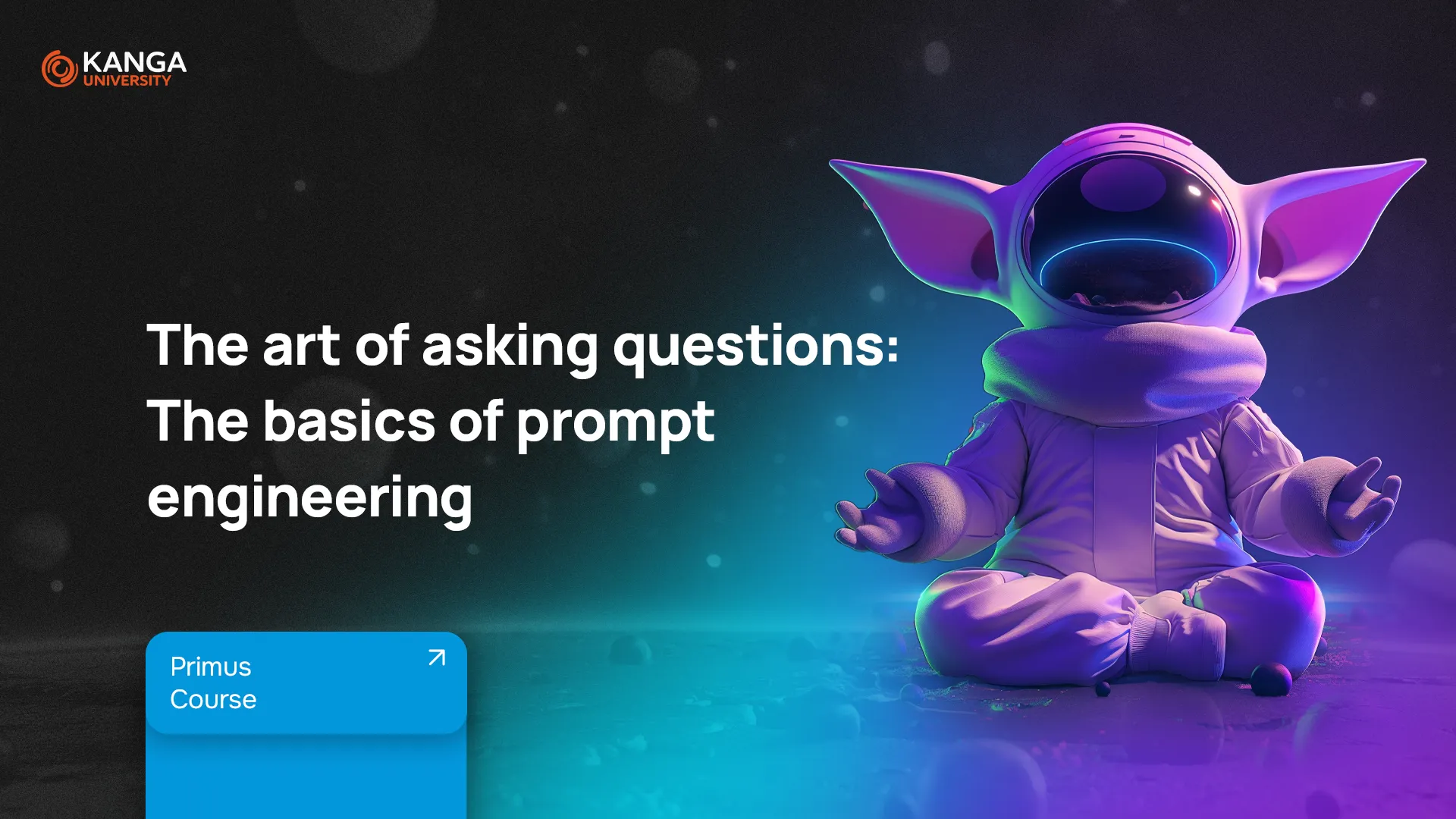
Welcome to the practical part of our lessons. Theory alone is not enough – to fully harness the potential of AI, you need to learn how to “talk” to it. The key to this is creating effective commands, or prompts.
The “Garbage In, Garbage Out” Principle
In computer science, there is a saying: “garbage in, garbage out.” This perfectly describes the interaction with AI. The quality of the response you get is directly proportional to the quality of your command.
Prompt engineering is the process of designing and optimizing text commands in such a way that the AI model generates the most accurate and desired response.
A general command, like “write about cryptocurrencies,” will yield a general result. A precise prompt, like “Write a brief comparison of Bitcoin and Ethereum in a table, including their consensus mechanism, transaction speed, and main uses,” will produce a specific and useful answer.
Four Elements of an Effective Prompt:
- Define a Role (Persona): Tell the AI what role it should play. This influences the style, tone, and perspective of the response.
- Example: Act as a financial analyst and explain to a layman the risks of investing in altcoins.
- Define Context and Task: Provide the model with all necessary information and clearly state what it needs to do.
- Example: I need to write an email to a client to inform them about a project delay due to unforeseen technical issues. Write a professional yet empathetic message.
- Specify the Format: Indicate the form in which you expect the answer.
- Example: Provide a bulleted list of the five most important events in the history of blockchain technology.
- Iterate and Refine: The first prompt is rarely perfect. Treat your conversation with AI as a process. If the response is unsatisfactory, refine your command, add more details, or ask for corrections.
- Example: This answer is too technical. Please explain the same thing using a simpler analogy that a non-technical person can understand.
What to Avoid? The Most Common Mistakes in Prompts
To write even better commands, it’s worth knowing a few pitfalls that new users often fall into:
- Overly general commands: As we know, a lack of detail leads to generic responses. Always try to be as specific as possible.
- Asking several questions at once: Avoid combining multiple independent tasks in one prompt. It’s better to ask one well-formulated question and then move on to the next one.
- Unclear language and ambiguity: AI can’t read your mind. Use clear, unambiguous language to avoid misinterpretation of your command.
- Overly complex commands: If the task is very complex, break it down into smaller, more manageable steps and guide the AI step-by-step (known as chain of thought).
I encourage you to experiment on your own. Practice is the best way to master the art of creating effective commands. In the next lesson, we will use these skills for a practical purpose.